About Frankincense and Myrrh
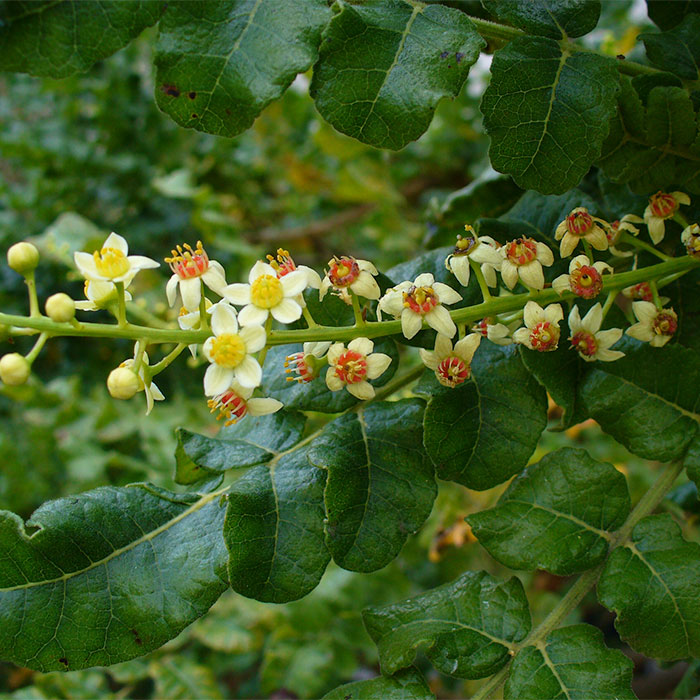
1. Treasures from trees.
The wise men from the East arrived at the birth of Jesus bearing three precious gifts. One was gold, the other two were from trees. Frankincense and myrrh were both worth their weight in gold.
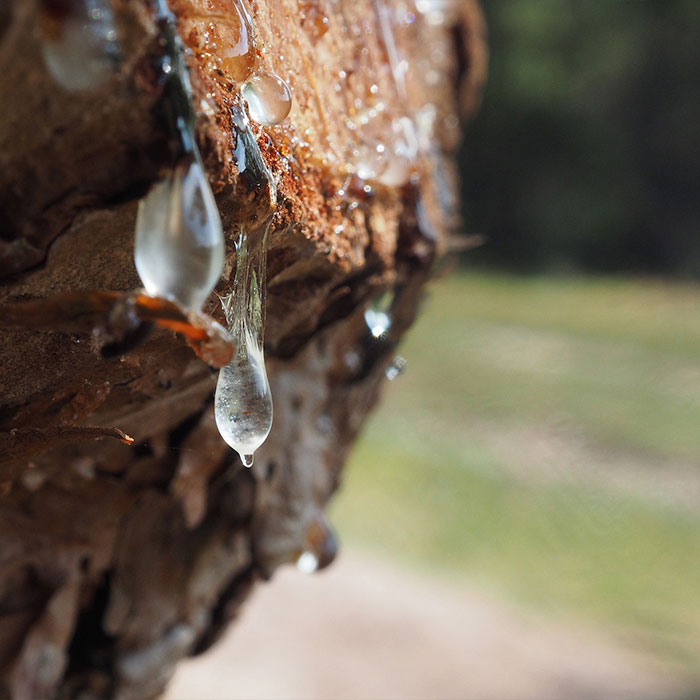
2. Tears of the trees.
Frankincense and myrrh were harvested from their trees by making small cuts in the bark, causing the trees to weep. The resin that dripped from the bark, especially of frankincense, was known as tears.
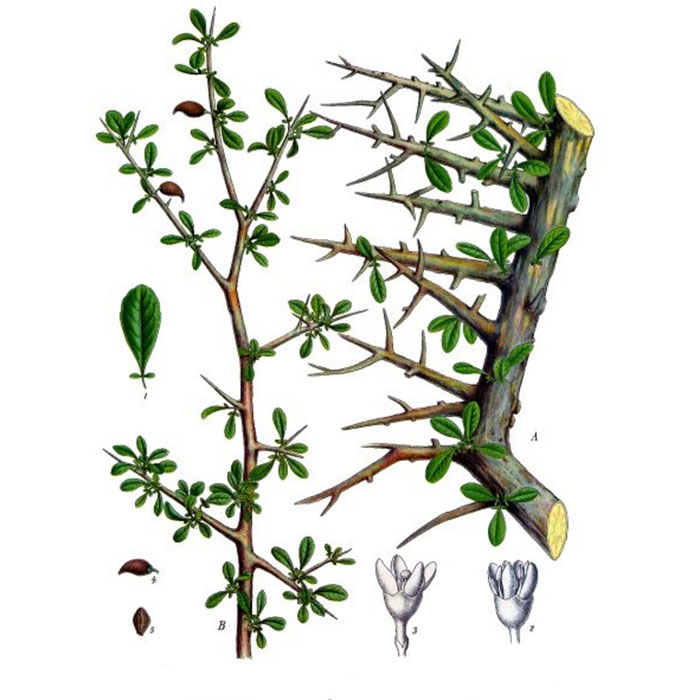
3. Myrrh for the dead.
Myrrh, from a thorny bushy tree, Commiphora myrrah, was used to anoint the dead and to help preserve mummies in Egypt. It had a powerful perfume, a bit balsamic and smoky.
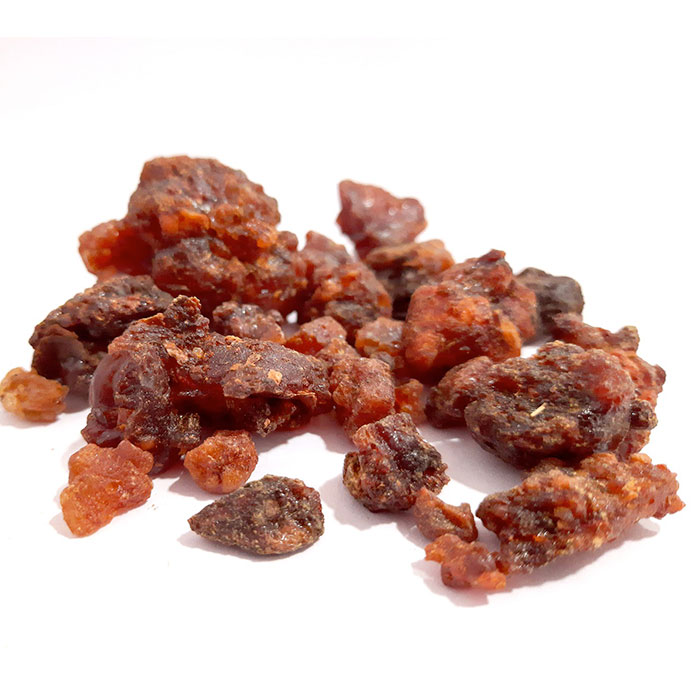
4. Myrrh for the living.
Useful as it was for the dead, myrrh was even more useful for the living. It was used to treat a myriad of ailments, from arthritis to asthma to cancer. Even today, it has credibility for its ability to relieve arthritic pain by checking the inflammation that breaks down cartilage and causes pain. Rubbing it on inflamed gums can cause immediate relief.
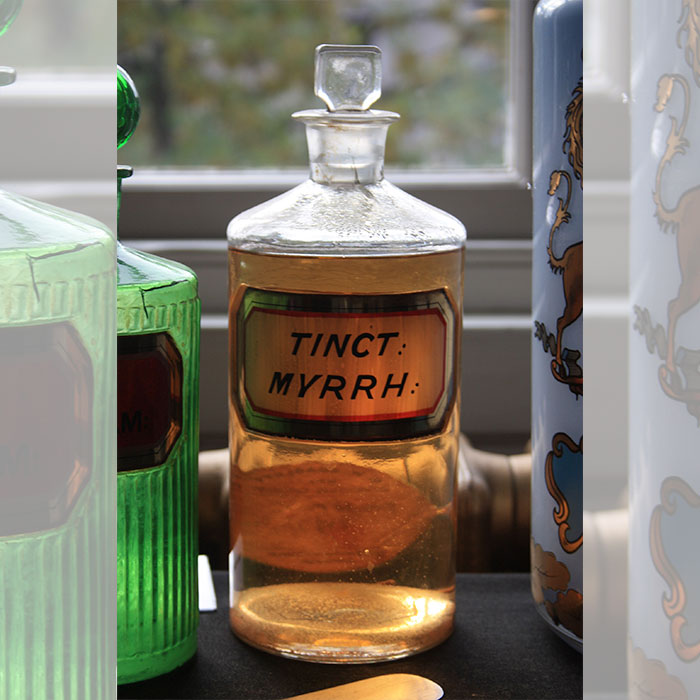
5. Myrrh for Jesus.
Just as myrrh was one of the gifts of the Magi at the birth of Jesus, so it was offered to him mixed with wine to relieve his pain when he was on the cross. He refused the drink. But at the end, some say 75 pounds and others say 100, were brought to anoint his body in death.

6. Rooted in rock.
Frankincense is harvested from the boswellia tree which grows in northern Africa. Long stripes are cut into the bark, causing the tree to weep its precious tears. The best tears come from Boswellia sacra and those trees that are struggling for life growing out of sheer rock. A network of buttressing roots attaches to the rock like a succubus preventing the tree from being uprooted in an area known for its violent storms.
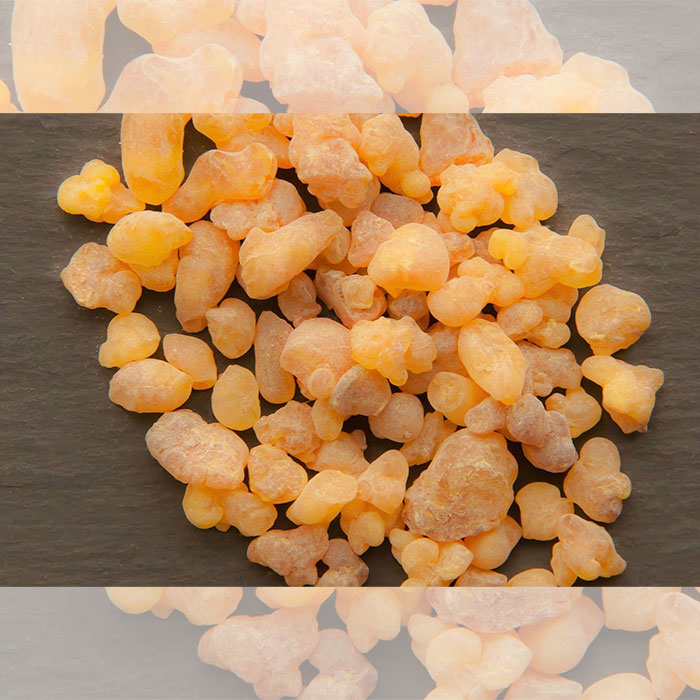
7. Becoming “incensed”.
Frankincense is thought to be psychoactive. According to the Federation of American Societies for Experimental Biology in a 2008 report, burning incense can relieve anxiety and depression. One report says that “burning incense can make you feel warm and tingly all over.” It is said to activate “ion channels” in the brain.
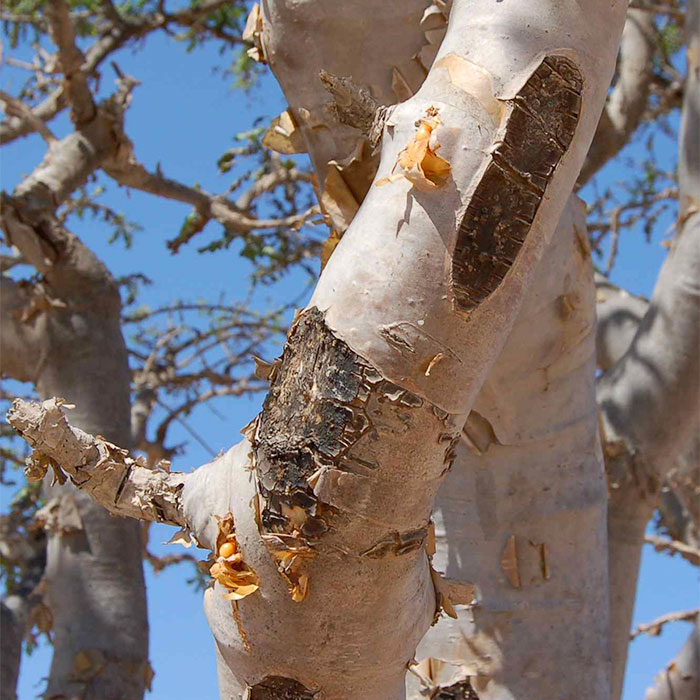
8. Frankincense for cancer.
Boswellic acid, derived from the same tree as frankincense, kills cancer cells. A report by the University of Oklahoma Sciences Center states: ‘frankincense appears to distinguish cancerous from normal bladder cells and to suppress cancer cell viability.”
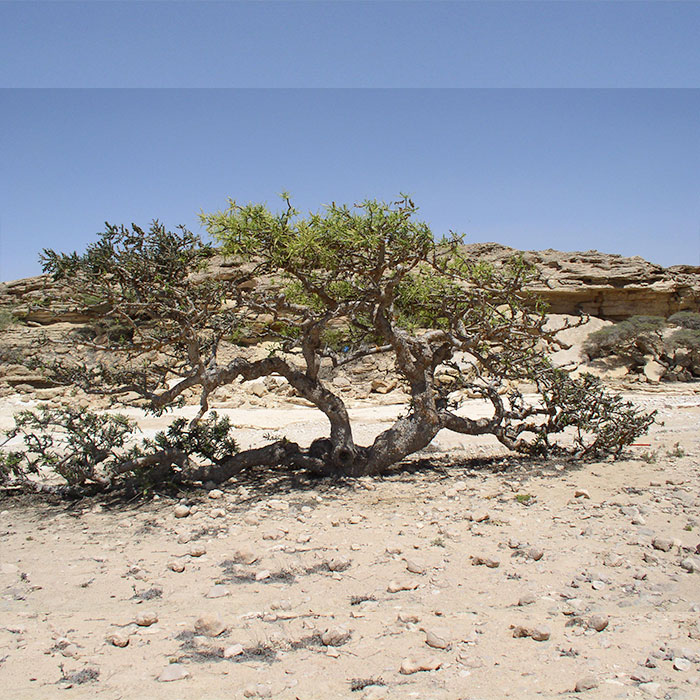
9. All tapped out.
Unfortunately, the boswellia tree is endangered. Animals love to browse its leaves and fruit. And because frankincense is still in great demand, it is over harvested. This is exacerbated by the fact that tapped trees produce a harvest of seeds that are only 16 per cent viable (untapped tree seeds are 80 per cent viable). The tree needs to be eight to 10 years old before the resin can be harvested.
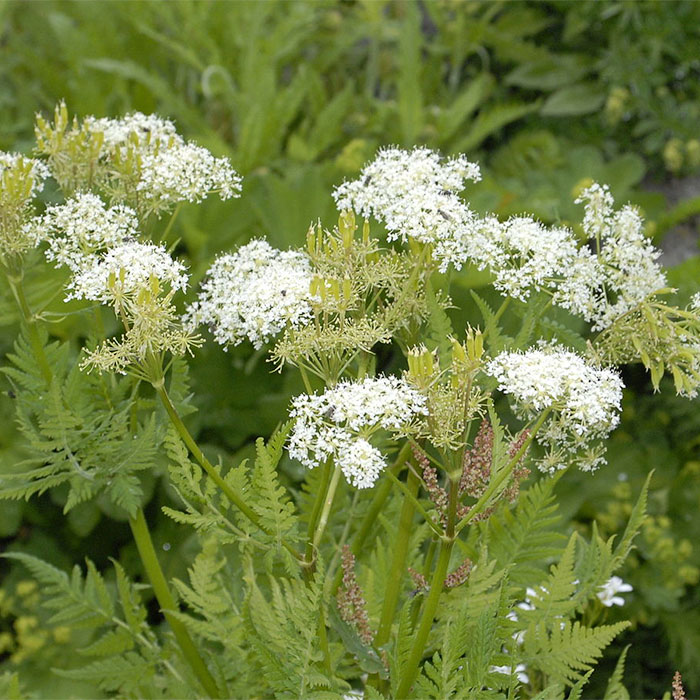
10. Don’t be fooled by Myrris odorata.
Also known as sweet cicely, this herb bears no relationship to myrrh. It is simply named after the amazing resin because of its pleasant odour. It may also have been honoured with the similar name because it too has healing properties. The roots are used to treat a wide range of inflammation including gout and even snakebite. It is also useful as a tonic to lift the spirit!
– Dorothy Dobbie Copyright©
Pegasus Publications, Inc.




